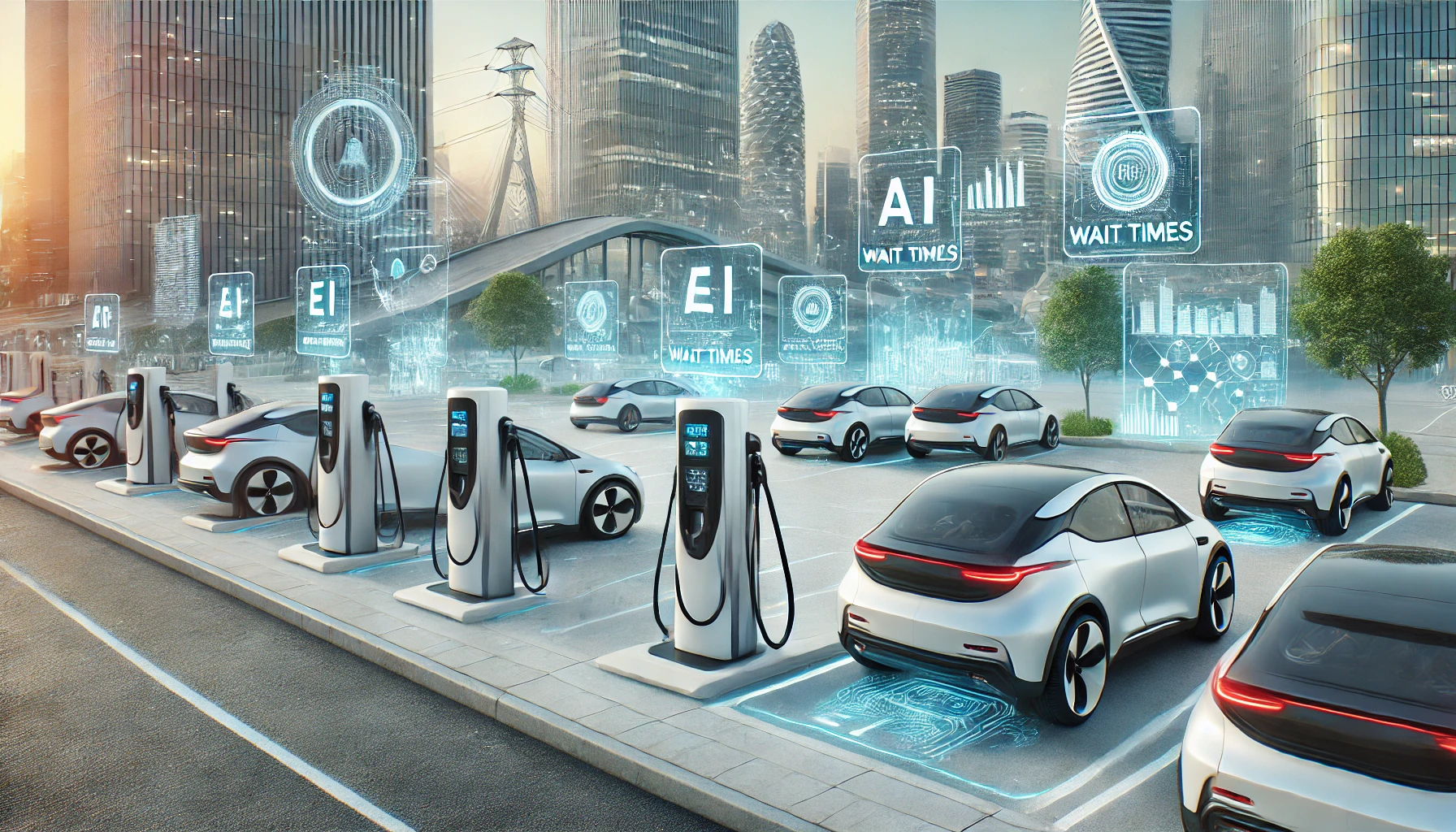Public Charging 3.0: AI-Driven EV Chargers Revolutionizing Urban Mobility

The Urgency of AI-Powered Charging in Today’s Urban Landscape
As cities grow, the adoption of electric vehicles (EVs) is accelerating. High-density areas face unique challenges with this increase, such as grid strain, inefficient energy use, and long wait times for charging. Recent studies indicate a near 50% increase in EVs across metropolitan areas over the past five years, heightening the need for advanced infrastructure. AI-powered EV chargers present a solution by dynamically adjusting energy distribution and predicting demand surges to optimize usage. This technology is positioned to reshape urban mobility, making EV adoption more convenient and sustainable for city dwellers.
Tracing the Evolution: From Basic EV Chargers to AI-Optimized Networks
Electric vehicle charging technology has evolved rapidly. Early chargers were basic, designed to power a small number of EVs at a slow pace. With the increasing demand for EVs, charging infrastructure needed to adapt, leading to the development of faster chargers and now, AI-enhanced systems. AI in charging infrastructure allows for intelligent load balancing, predictive maintenance, and adaptive energy usage. For instance, modern chargers can analyze historical data to forecast demand spikes, thereby preventing congestion and optimizing energy use. This transition mirrors other technological shifts, such as the progression from landlines to smartphones, making EV infrastructure more responsive and user-centric.
Current Challenges: The Pressure on Urban EV Charging Infrastructure
Urban EV charging faces unique hurdles. High demand creates long queues, limited charging spots, and increased grid strain. A recent survey found that 68% of EV users in cities report waiting over 20 minutes to charge during peak hours. Additionally, cities like New York and London are experiencing frequent power shortages due to surging EV demand, pointing to an urgent need for efficient power management solutions. AI offers solutions to these issues by predicting peak demand, optimizing energy allocation, and suggesting ideal charge times, making the entire process more efficient. This intelligent management not only benefits EV owners but also helps city grids operate sustainably.
Case Studies: Successful Implementations of AI-Driven Charging Networks
Around the globe, AI-enhanced EV charging initiatives are already yielding positive results. In Oslo, Norway, a smart grid network with AI integration reduced peak load on chargers by 35%, decreasing wait times and enhancing user satisfaction. Similarly, San Francisco’s smart charging initiative uses machine learning to detect underutilized stations and redirect drivers, which has cut congestion by 25% in peak hours. Berlin’s Smart Charging Initiative showcases how machine learning can allocate energy based on real-time demand. These real-world applications underscore AI's potential to address urban EV charging issues effectively, helping cities embrace EVs without overwhelming local infrastructure.
Addressing Grid Challenges with AI: A Deeper Look at Smart Energy Distribution
AI-driven EV chargers offer notable solutions to grid challenges, especially during high-demand periods. AI algorithms can adjust charging rates based on usage data, ensuring efficient energy distribution across the grid. This approach minimizes power overload and enhances sustainability. For instance, Toronto's AI-based grid management system helps balance power across neighborhoods, reducing outages and blackouts in areas with high EV use. With these smart adjustments, AI can prevent grid stress and allow cities to meet EV demand without costly infrastructure upgrades. This sustainable approach to energy management is helping cities accommodate EV growth with minimal strain on resources.
Best Practices: Integrating AI in EV Charging Networks
Cities implementing AI in EV charging have established several best practices, including dynamic pricing, predictive maintenance, and renewable energy integration. Dynamic pricing models adjust charging costs based on demand, incentivizing off-peak usage and minimizing congestion. Predictive maintenance algorithms detect potential issues before they affect service, reducing downtime and ensuring reliability. Additionally, integrating renewable sources like solar or wind into AI-driven chargers minimizes environmental impact and promotes clean energy. These best practices, successfully implemented in cities such as Amsterdam and Singapore, demonstrate the effectiveness of combining AI with innovative infrastructure strategies to create sustainable urban charging solutions.
Exploring Emerging Trends and Long-Term Implications
The future of AI-optimized EV charging holds exciting possibilities, including autonomous charging stations, adaptive energy systems, and cross-border energy networks. Autonomous chargers, currently piloted in parts of Japan, allow EVs to connect and charge without human intervention, a development that could revolutionize urban EV charging. Furthermore, adaptive energy systems, which adjust energy flow based on real-time demand, are expected to become mainstream, enhancing efficiency and lowering costs. These technologies are paving the way for a resilient, sustainable infrastructure that not only supports urban EV demand but also promotes a cleaner environment. Additionally, AI-enhanced charging is likely to encourage faster EV adoption, reducing fossil fuel dependence and lowering emissions.
Conclusion and Invitation to Engage: Shaping the Future of Urban Mobility
AI-powered EV chargers are transforming urban centers, addressing infrastructure challenges, and paving the way for sustainable urban mobility. As the technology continues to evolve, its potential impact on cities and their inhabitants is vast, from reducing emissions to making EV adoption more convenient. What do you think about the role of AI in urban EV charging infrastructure? Will it be the driving force behind a cleaner, smarter city environment? Join the discussion on Reddit or Twitter and share your insights on the future of AI-driven charging in urban areas!



